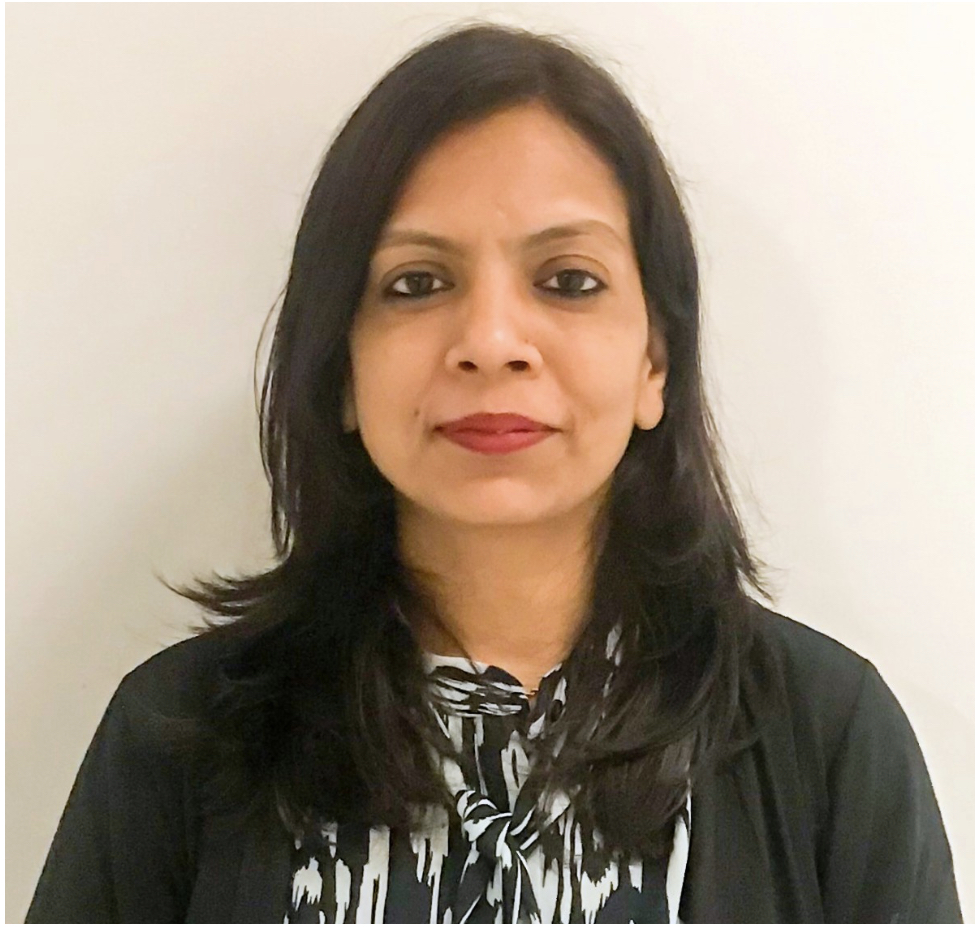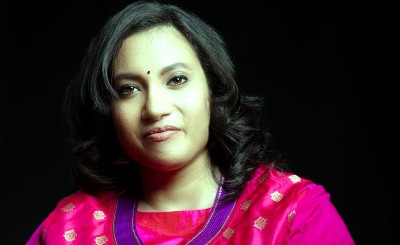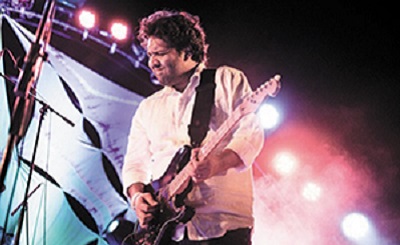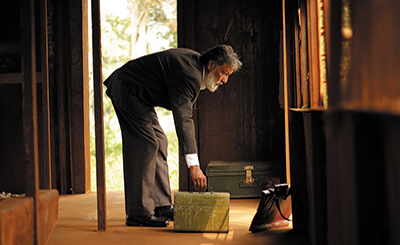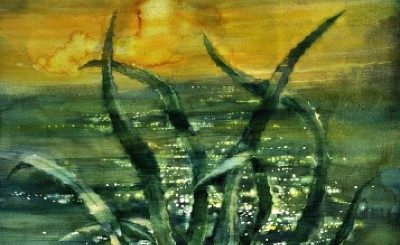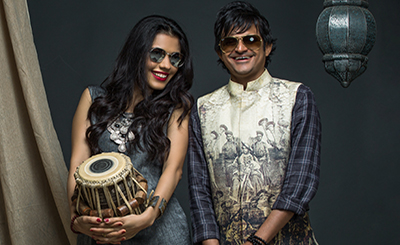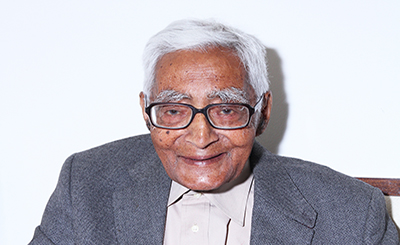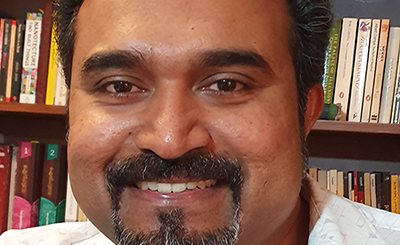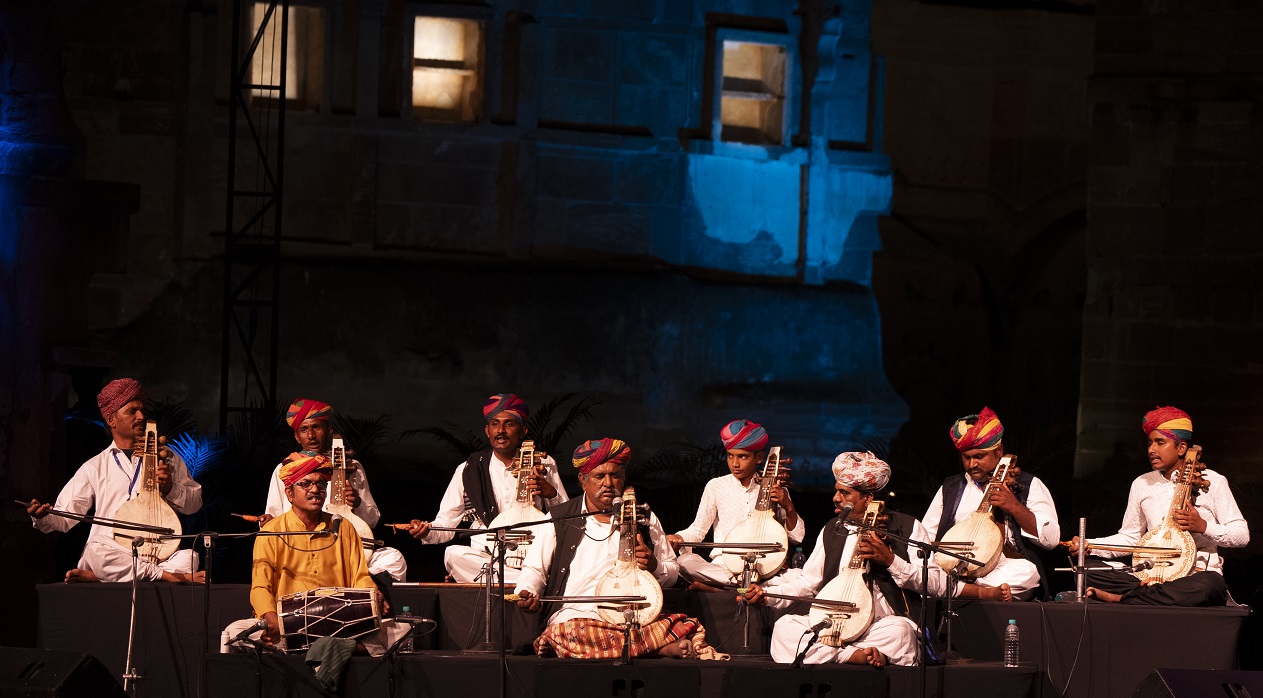
Manganiyar of Marwar – Kamaicha Charm The Manganiyar of Marwar is an annual special performance by the artistes of the community, dedicated to the late Sakhar Khan Manganiyar, doyen of their musical traditions, custodian of their traditions and teacher par-excellence. Photos: Jodhpur RIFF
Jodhpur RIFF 2023 — a grand celebration of Roots — transforms the historic Mehrangarh Fort into a melting pot of global musical traditions, featuring eclectic performances, from folk fusion to rock, by acts around the world
“Music, in performance, is a type of sculpture. The air in the performance is sculpted into something,” wrote Frank Zappa, the great American musical genius and guitar virtuoso. Witnessing the acts from around the world perform at the 2023 Jodhpur RIFF inside the majestic Mehrangarh fort, I was a witness to many performances getting sculpted in time — and memory. I arrived in Jodhpur early morning as the sun painted the city in hues of gold. The festival had kick-started on the previous night with (I was told) a spectacular folk fusion, featuring the vocal prowess, and dance beats, of Kalbeliya singers — Sugna Devi, Mohini Devi, and Asha Sapera. Estonian flautist duo Kärt Pihlap and Katariina Tirmaste, members of Kuula Hetke (‘listen to the moment’ in Estonian), had added a flair to the sonic ensemble with their double flute rendition. They also performed in the wee hours of the second day.
The opening night had also seen the inventive island rhythms of percussionists Ars Nova Napoli and Miroca Paris, the upbeat strains of emerging maestros of khartal and dholak from the Langa and Manganiyar communities, and the haunting melody strum together by the Oriental pieces of Tunisian violinist and viola d’amore player Jasser Haj Youssef, and Neapolitan music trio Suonno D’Ajere: Irene Lupe Scarpato (vocals), Marcello Smigliante Gentile (mandolin, mandola, mandoloncello) and Gian Marco Libeccio (classical guitar). Their blend of bold vocals, classical guitar, and mandolin drew freely from jazz and blues, evoking nostalgia for the traditional Napolitan songs. Rajasthan’s pride, the Jaipur Kawa Brass Band, too, had created a musical riot with their trumpets, trombones and euphoniums.
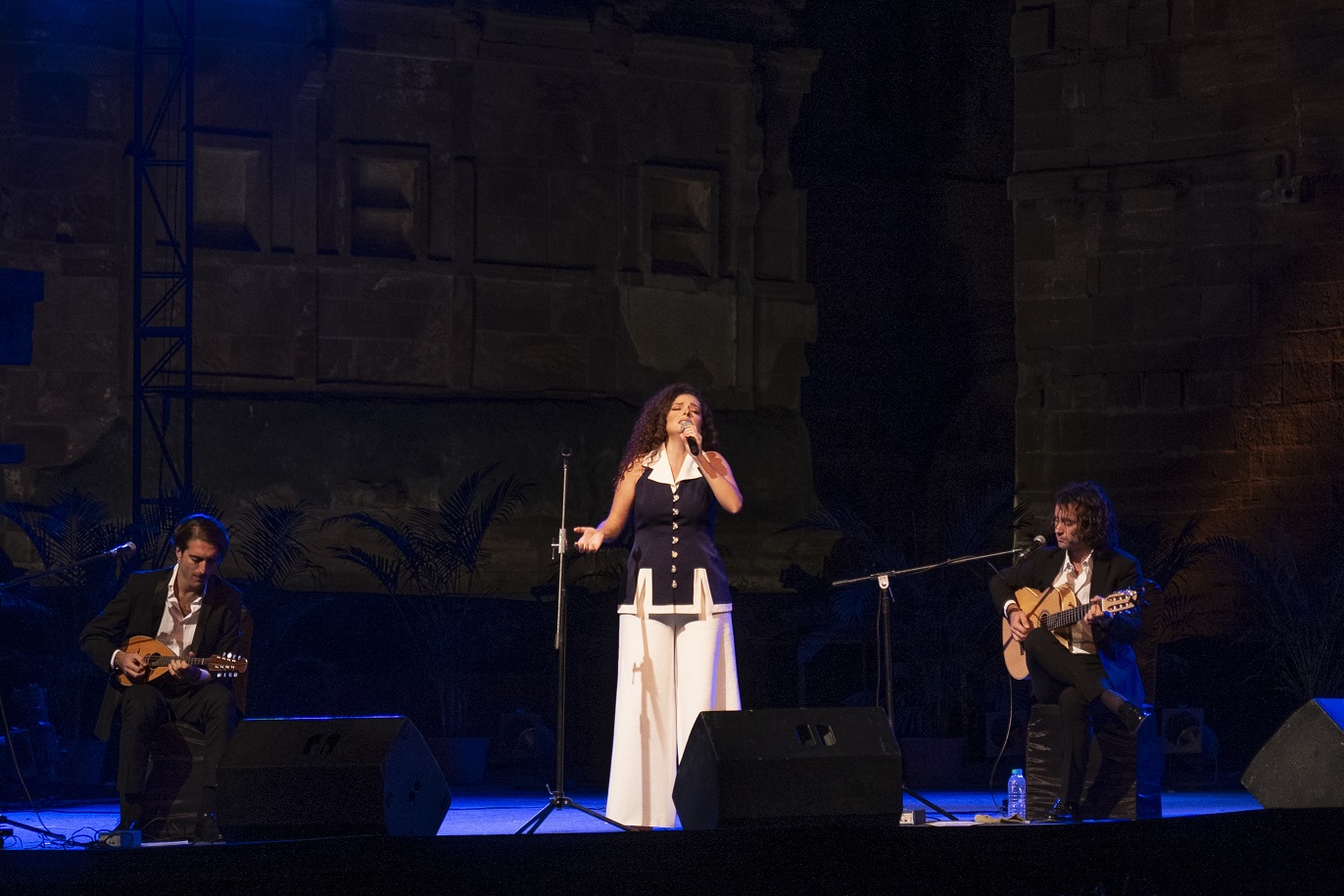
Neapolitan music trio Suonno D’Ajere: Irene Lupe Scarpato (vocals), Marcello Smigliante Gentile (mandolin, mandola, mandoloncello) and Gian Marco Libeccio (classical guitar).
In and around the Mehrangarh fort, the atmosphere was not just auditory; it was immersive in the truest sense of the word. The air at the Chokelao Bagh and the Old Zenana Courtyard on the second day was charged with anticipation. At Chokelao Bagh, Fiji-Indian dancer-choreographer Raina Peterson’s groundbreaking performance in Narasimha — ManLion — inspired by Tamil poet-saint Andal and in collaboration with Melbourne-based sound and visual artiste composer Marco Cher-Gibard — left me in awe. The repertoire of the non-binary artiste, who is trained in several South Asian movement traditions like yoga, Mohiniyattam,Kathakali and Kalaripayattu (martial arts), includes the critically-acclaimed queer dance show ‘Bent Bollywood’, and an Indian contemporary dance piece, ‘Third Nature,’ which explored trans identity. On the stage, they were poetry in motion, demonstrating how abhinaya, the art of emotional expression in classical Indian dance, has become integral to their art. As the sun dipped lower in the sky, the stages came alive with performances.

Ars Nova Napoli performing Napoli street music at Jodhpur RIFF
Other venues, and other days, brought in other joys. The melodic, and forceful music of Ars Nova Napoli, a six-member Italian band led by Marcello Squillante and comprising Bruno Belardi, Michelangelo Nusco, Antonino Anastasia, Vincenzo Racioppi and Gianluca Fusco, transported us to the lively streets of Campania. Squillante’s enchanting voice, coupled with the infectious energy of tarantella and tammorriata, turned the venue into a dance floor. The audience, myself included, found ourselves swaying and singing along. SAZ (short for Sadiq, Asin and Zakir Khan), the folk trio hailing from the Langa community of Rajasthan, took us on a journey through the sands of their roots. The fusion of traditional folk elements with contemporary influences and the collaboration with Mumbai’s jazz scene created an aural bridge between worlds. The music, echoing through the fort, felt like a conversation between the past and the present.
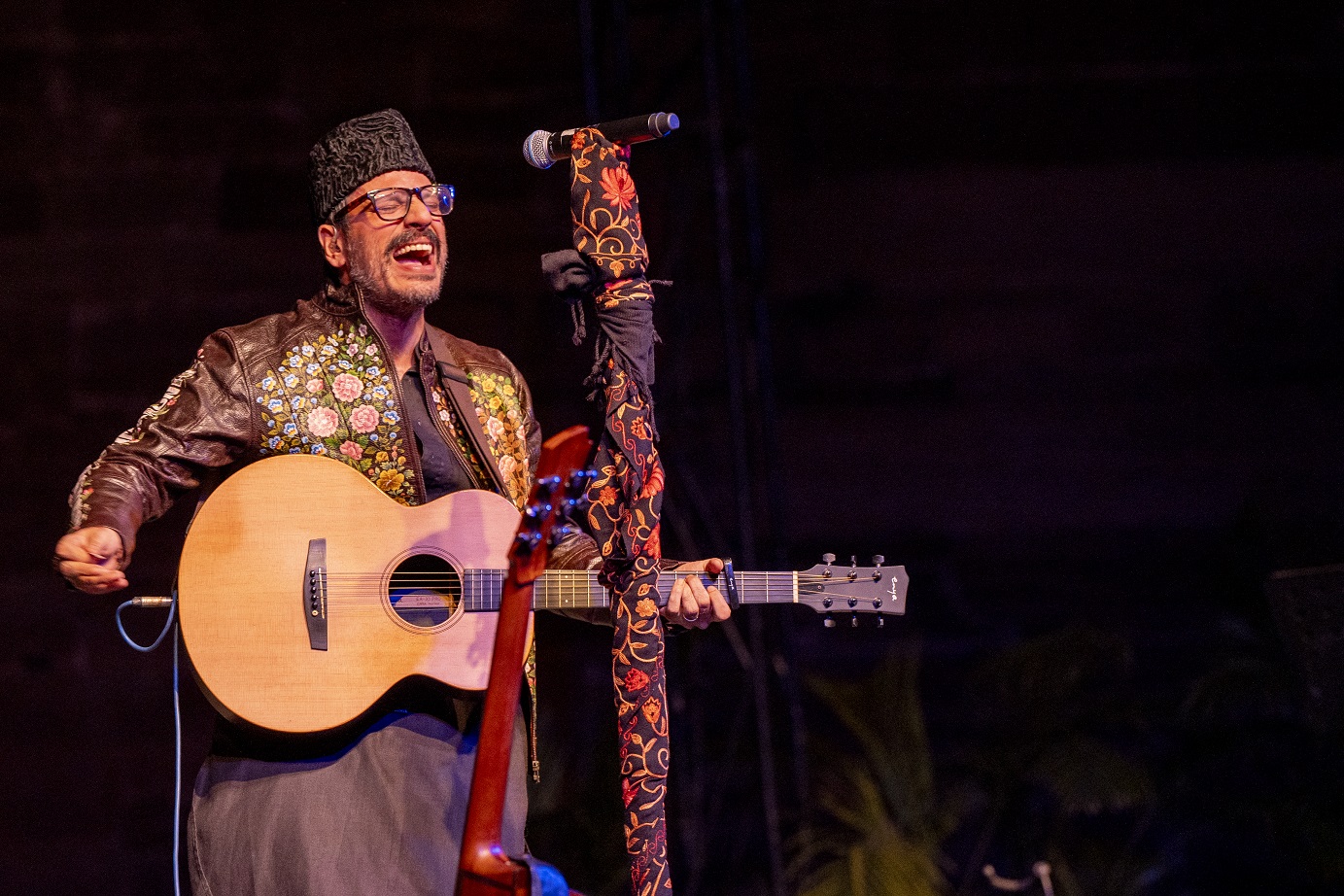
Alif’s lead vocalist Mohammed Muneem’s poetry, deeply influenced by the lived experiences of Kashmiris, left the audience both soothed and haunted by the echoes of a land torn by conflict
Alif, a Pune-based rock band with their roots in the folk music of Kashmir, which was founded in 2008, stirred several emotions. Lead vocalist Mohammed Muneem’s poetry, deeply influenced by the lived experiences of Kashmiris, left the audience both soothed and haunted by the echoes of a land torn by conflict. Australia’s accomplished singer-songwriter and slide guitarist Jeff Lang, along with friend and longtime collaborator Greg Sheehan, brought the fort to life after a decade-long hiatus with their bluesy riffs and rhythmic beats, underscoring the enduring power Blues and Roots. Parampara, led by well-known percussionist Vidwan T. H Vinayakram, fondly known as Vikku ji, turned the fort into a sanctuary of Carnatic music. The Ghatam, an ancient earthen pot percussion instrument, created a meditative experience.
In their annual homage, the Manganiyar of Marwar paid tribute to the late Sakhar Khan Manganiyar. The Kamaicha, a unique string instrument, became the voice of the desert, with Ghevar Khan and Darre Khan playing a jugalbandi. Mohini Devi, Sugna Devi, and Asha Sapera performed again; rooted in the robust musical tradition of the Jogis, their music was an ode to a community known for their unique connection with serpents.

Australia’s accomplished singer-songwriter and slide guitarist Jeff Lang
Smita Bellur, a Hindustani vocalist, took the stage in a night dedicated to Sufi serenades. Her melodious voice, accompanied by classical sarangi artiste Dilshad Khan and a cadre of folk musicians, wove a magical night. It was a journey into the mystical realms of Sufi, Bhakti, and Haridasa poetry traditions, leaving me spellbound. Barnali Chattopadhyay, a distinguished Hindustani Classical vocalist known for her expertise in thumris and dadras, showcased her mastery of the Banarasi Maand — a musical tradition rooted in the Rajasthani Raag Maand, finely attuned to the birha (separation/sorrow) and shringar (beauty/love) ras.
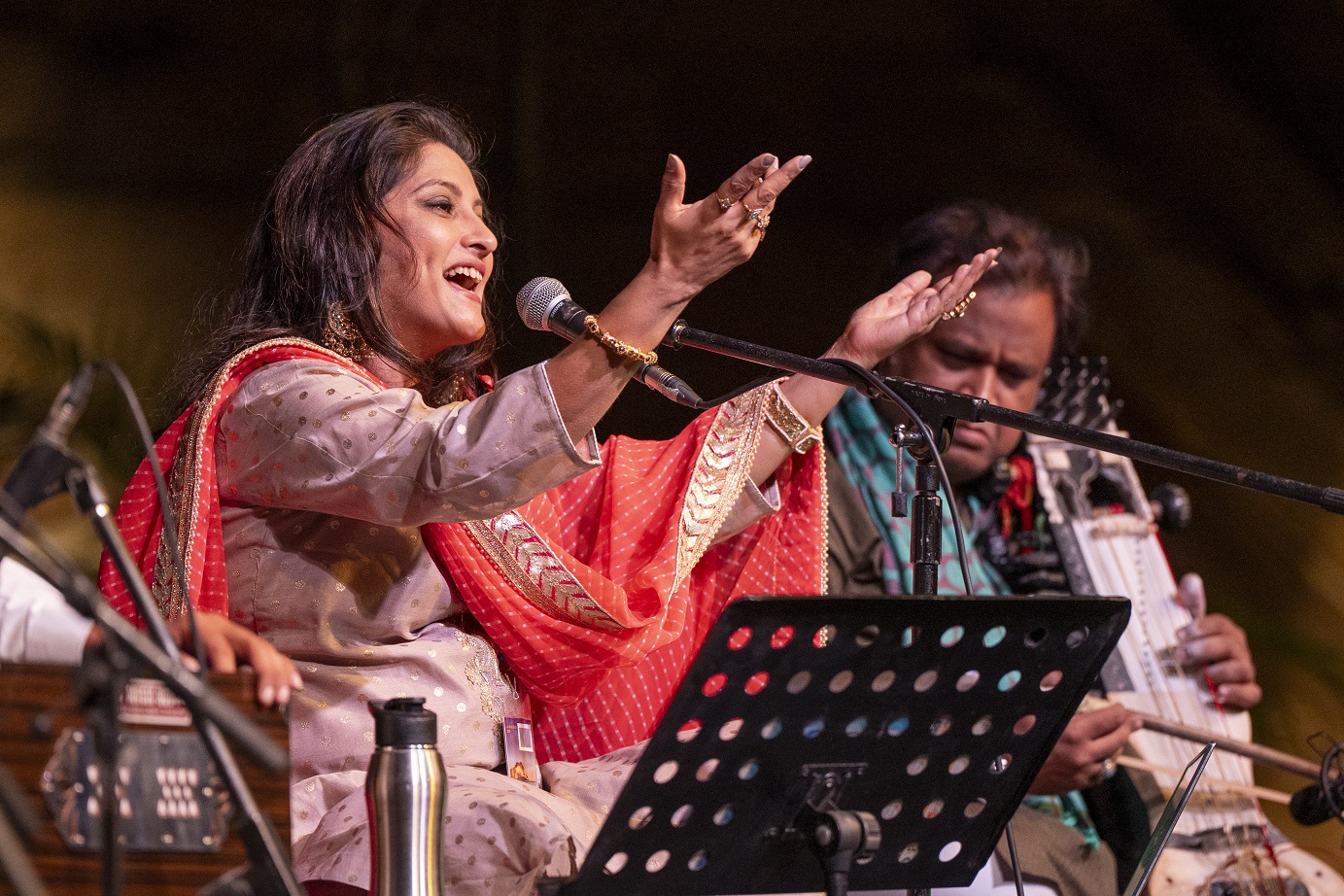
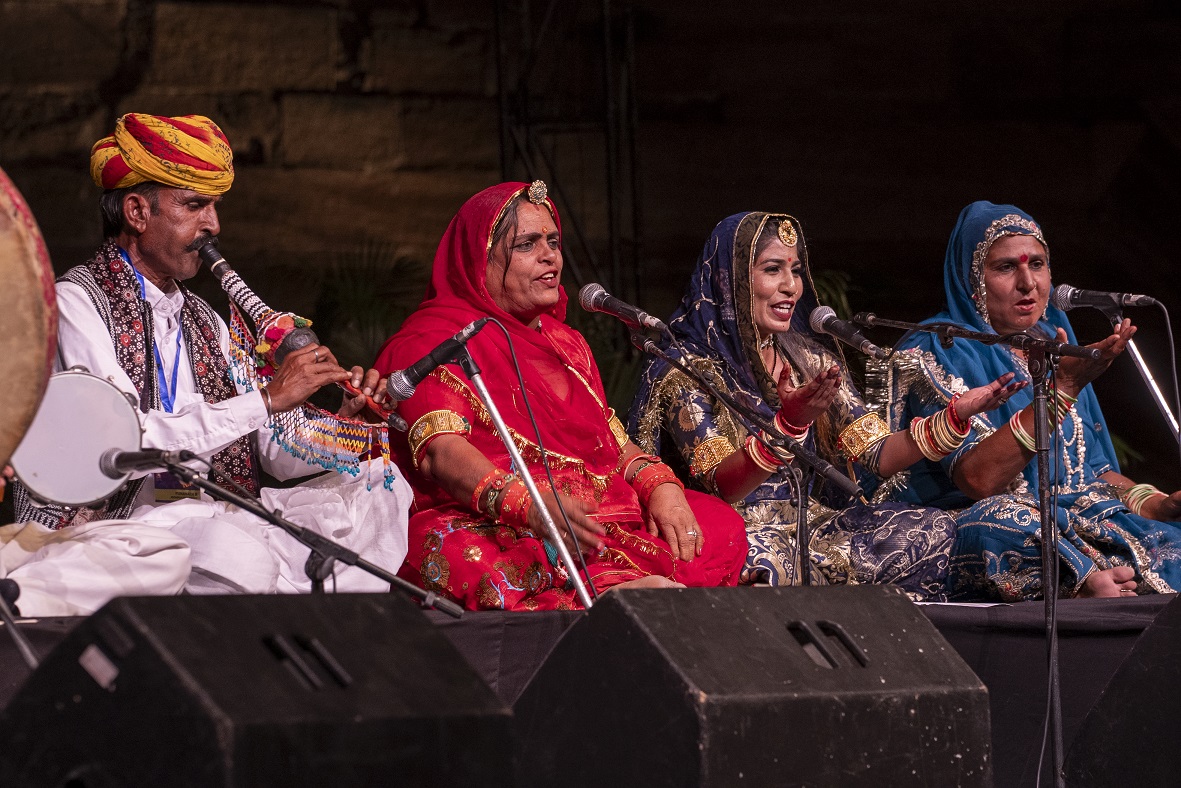
Sufiana Soul with Smita Bellur (top) and members of Bulund Aavaazein Kalbeiliyon Ki
There was music, and there was the moon: like every year, Jodhpur RIFF (which was held from October 26 to October 29) coincided with Sharad Purnima, the brightest full moon of the year. Under the moonlit sky, a lineup of over 300 performers ensured that one was thoroughly entertained, jiving to tunes — altogether new, familiar, forgotten, and half-forgotten. And informed, too: Festival Director Divya Bhatia would introduce each act with nuggets of information about them, peppered with interesting anecdotes.
Jodhpur RIFF 2023, in its eclectic performances, became a journey into the soul of Roots music, which connotes a broad range of musical styles like Blues, Bluegrass, folk, gospel, traditional country, and others. Each note felt like a shared secret between the artistes and the audience, transcending cultural boundaries. As the echoes of folk, fusion, and tradition dissipated into the night, the Mehrangarh fort stood as a silent spectator to several performances getting etched into the collective memory of scores of festival regulars, including yours truly.
More from Arts
Comments
*Comments will be moderated



